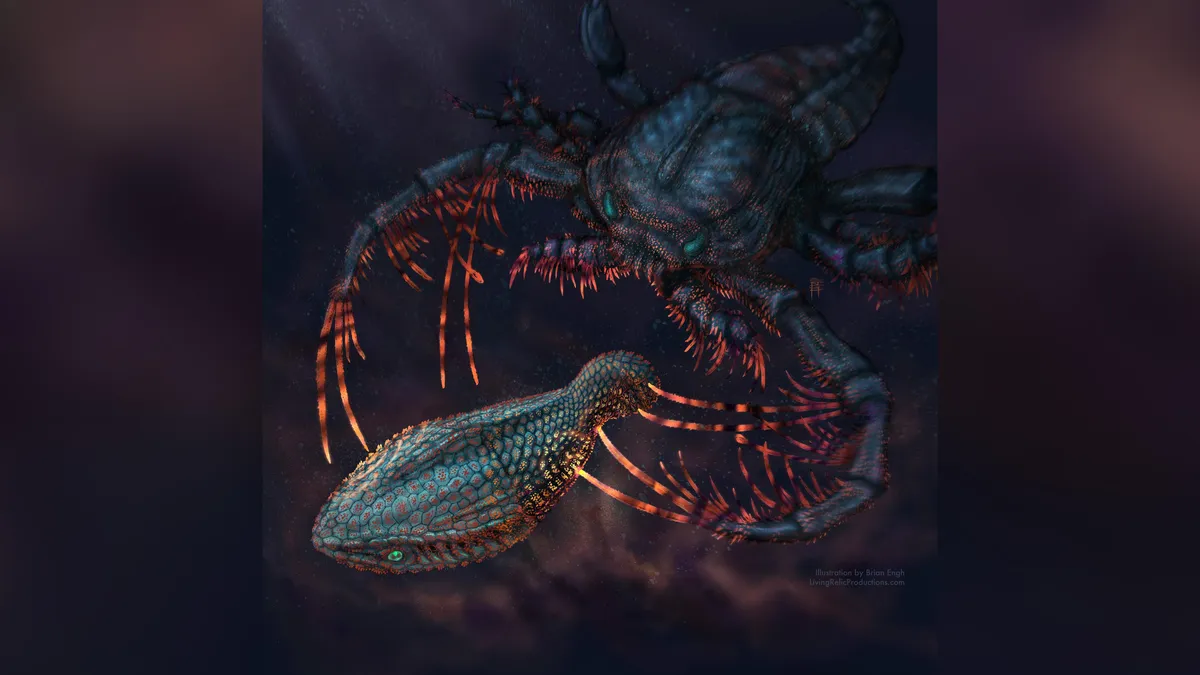
Recent research reveals that our sensitive teeth may trace their origins back to the body armor of extinct fish that existed approximately 465 million years ago. In a groundbreaking study, scientists have established a connection between the sensory tissues found on the exoskeletons of ancient fish and the genetic framework that produces human teeth. This discovery underscores the idea that teeth can serve sensory functions, even when they are not located within the mouth, as explained by study co-author Yara Haridy, a paleontologist and evolutionary biologist at the University of Chicago.
The findings were published on May 21 in the prestigious journal Nature. Initially, the research team aimed to identify the earliest vertebrates in the fossil record by examining specimens from the Cambrian and Ordovician periods, which span from 541 million to 443 million years ago. A critical indicator of a vertebrate species is the presence of internal tubules for dentine, a mineralized tissue located just beneath the enamel in human teeth. Interestingly, this tissue is found in the external bumps of ancient fish armor.
Using high-resolution CT scans, the researchers investigated the jawless fish species Anatolepis heintzi. During their examination, they uncovered what appeared to be pores filled with dentine. To confirm their findings, they compared A. heintzi with a variety of ancient fossils and modern marine organisms. However, upon closer inspection, the researchers realized that these dentine-lined pores were not what they initially seemed; they resembled sensory organs found on the shells of crabs. As a result, A. heintzi was determined to be an ancient invertebrate arthropod rather than a vertebrate fish.
This clarification regarding the classification of A. heintzi led to a significant insight: both ancient vertebrates like fish and ancient arthropods were utilizing the same mineralized tissue to sense their surroundings. Over time, this mineralized tissue evolved into dentine, which contributes to our sensitive teeth today. The study supports the theory that sensory structures first appeared on exoskeletons at least 460 million years ago, and later in evolutionary history, animals repurposed the same genetic toolkit to develop teeth.
Viewed through this evolutionary lens, the remarkable sensitivity of human teeth is less of a puzzle and more of an indication of their ancient origins as part of the sensory armor in early vertebrates. This research not only sheds light on the evolutionary journey of our teeth but also enhances our understanding of how sensory functions have been preserved and adapted over millions of years.